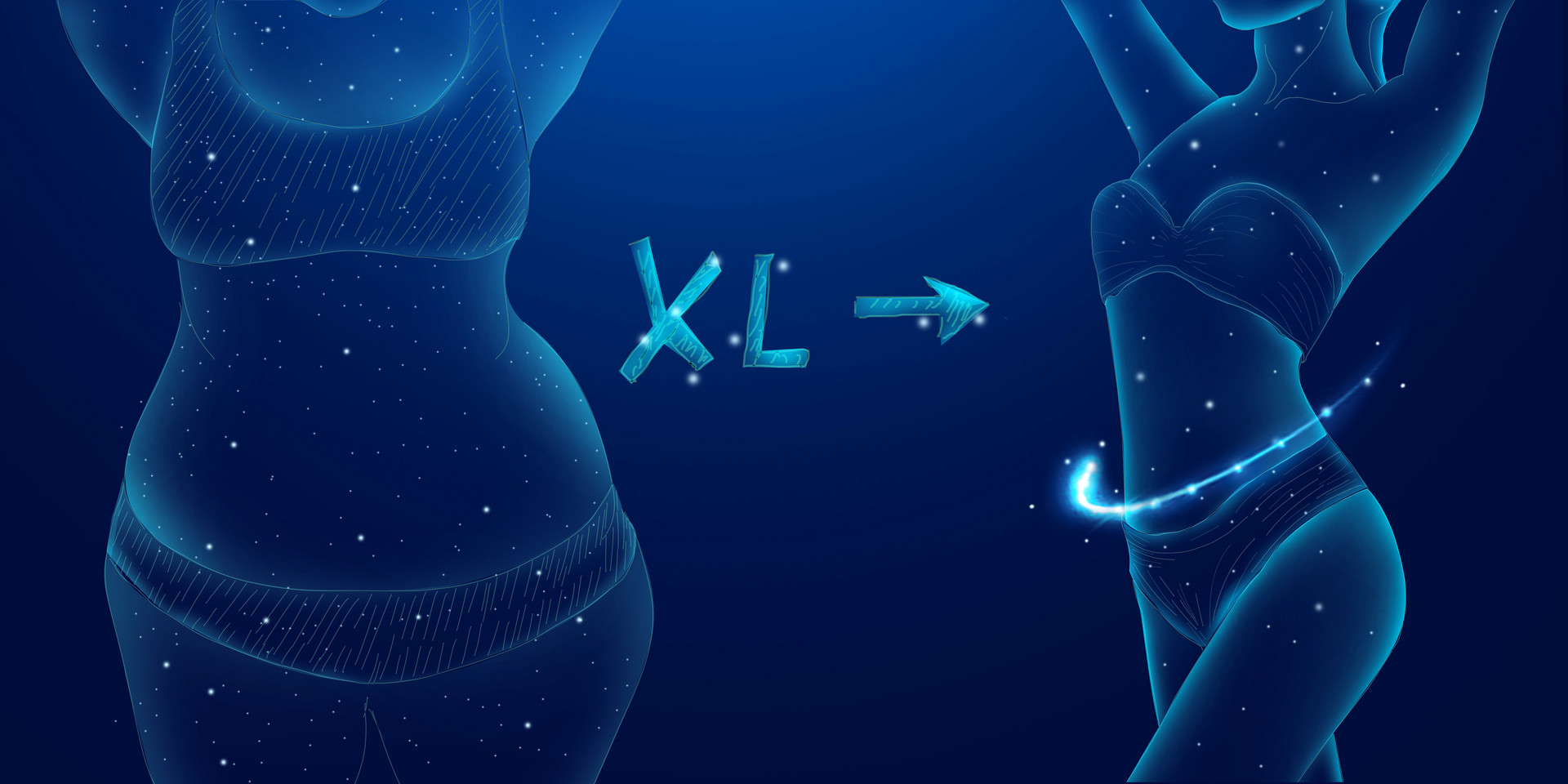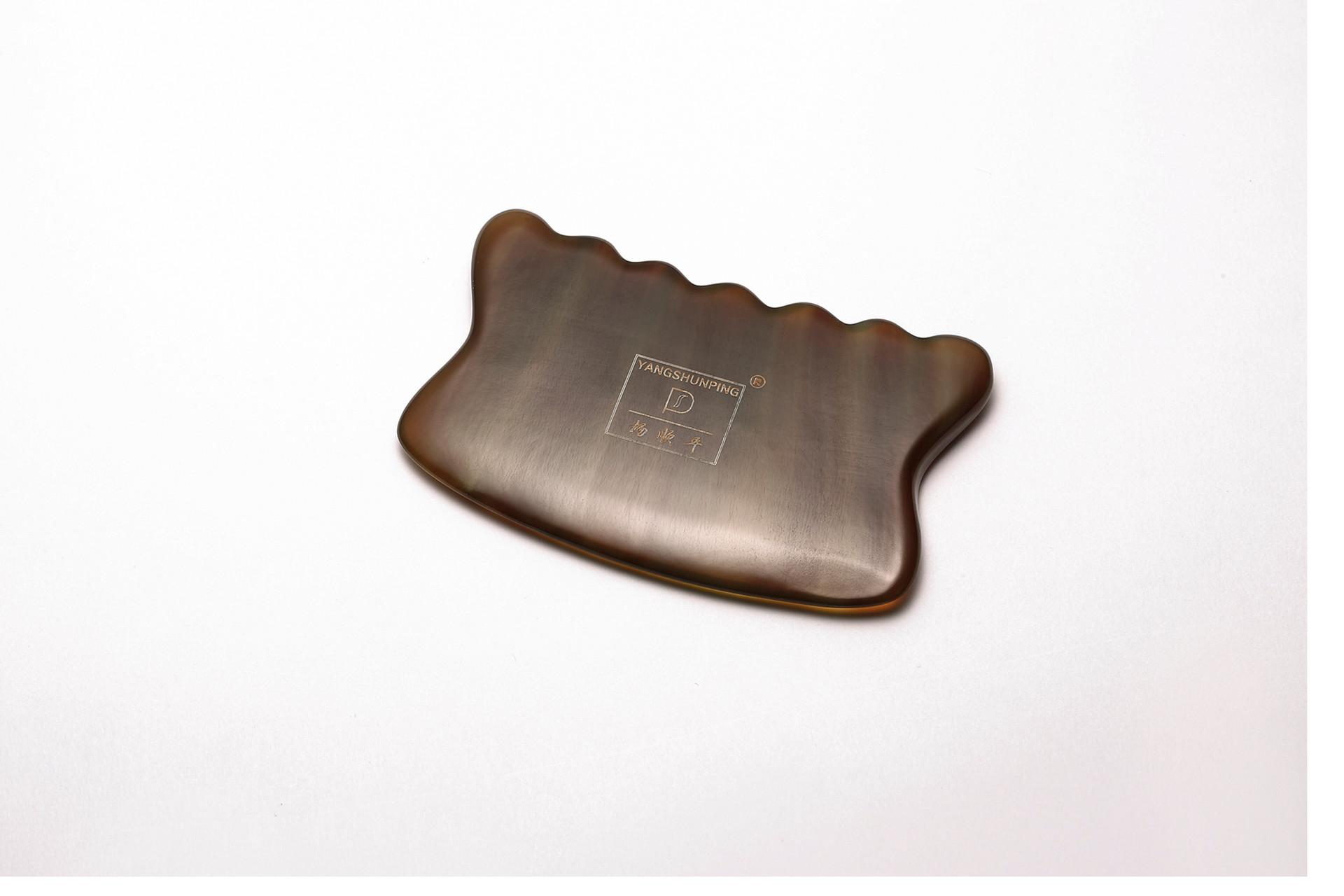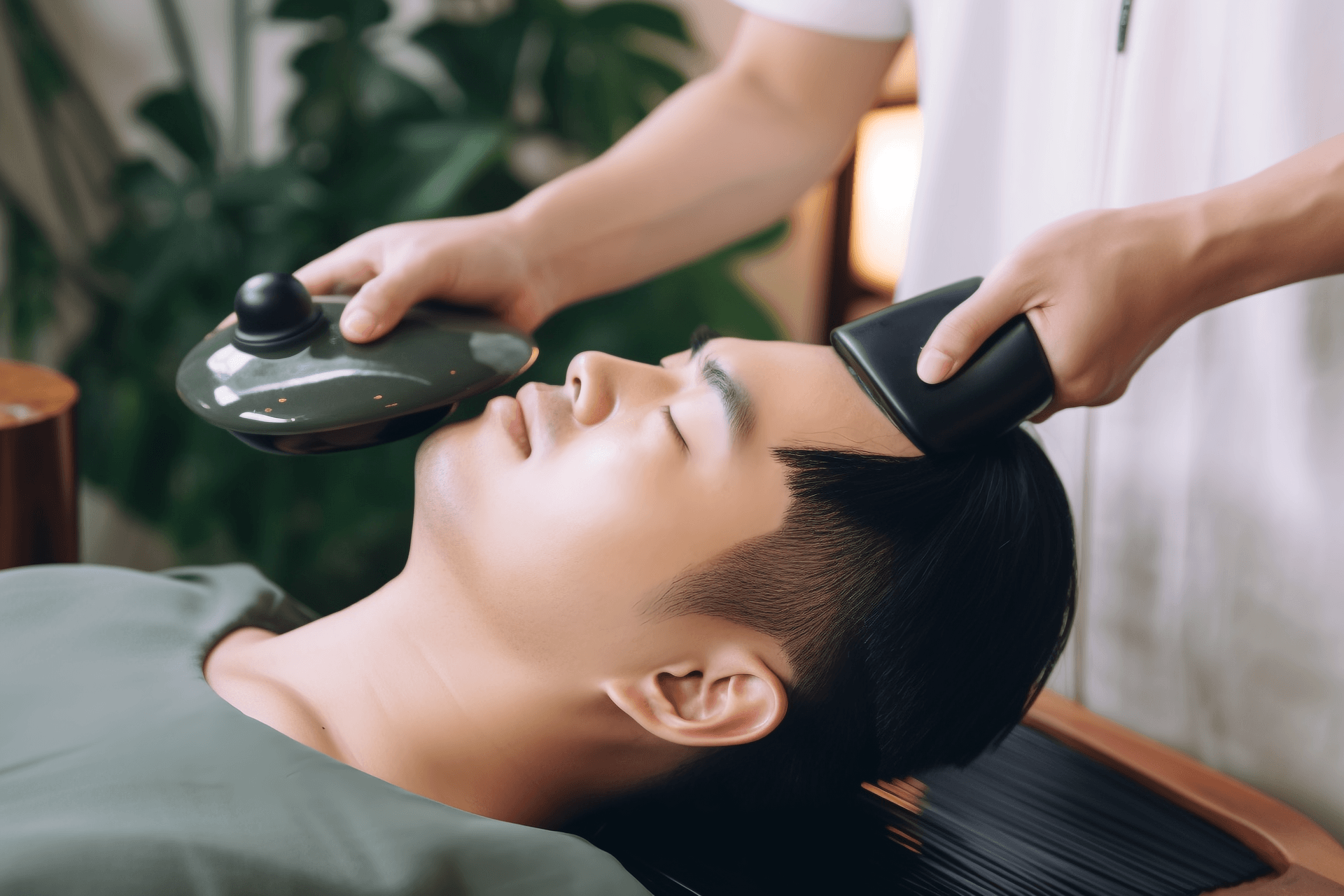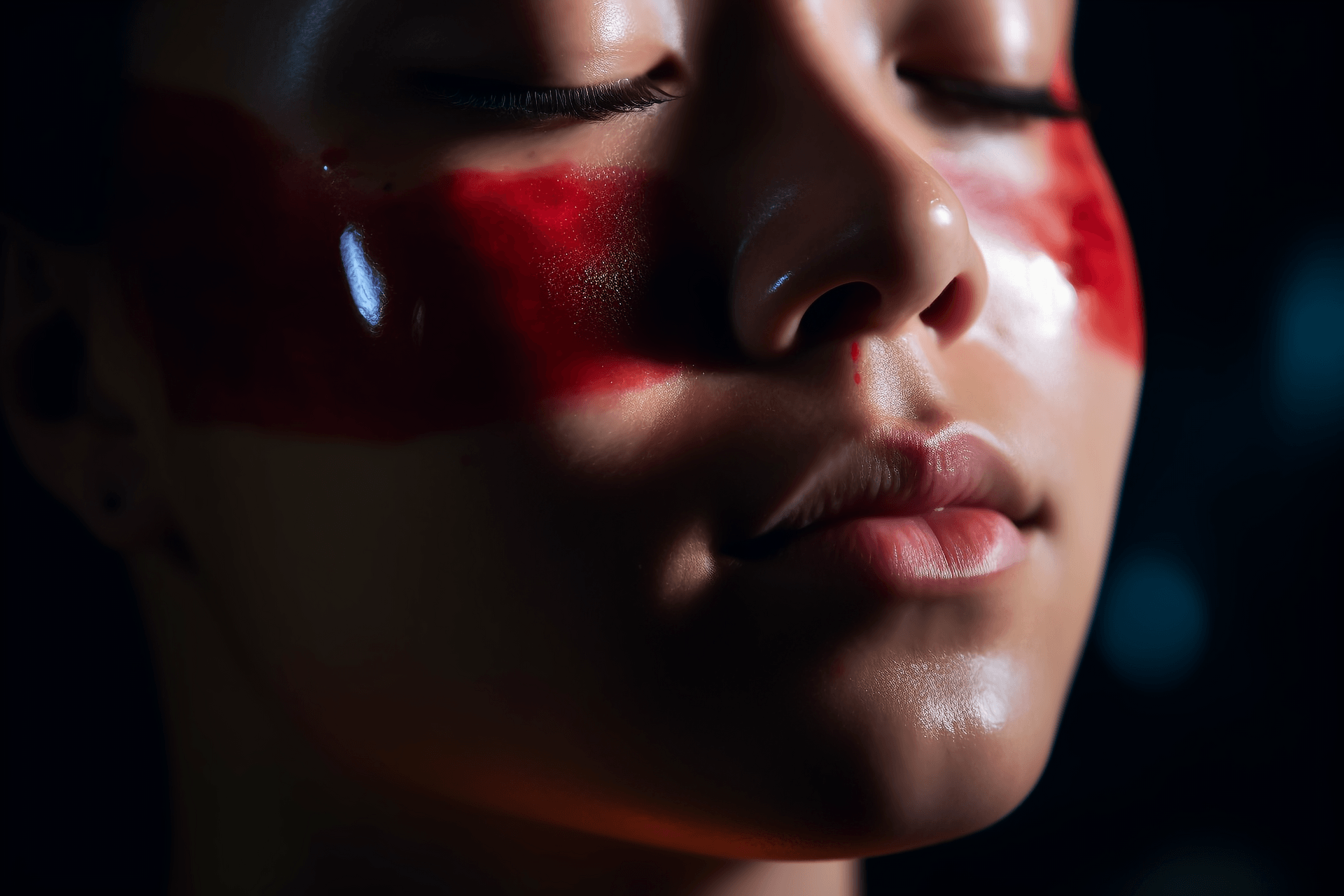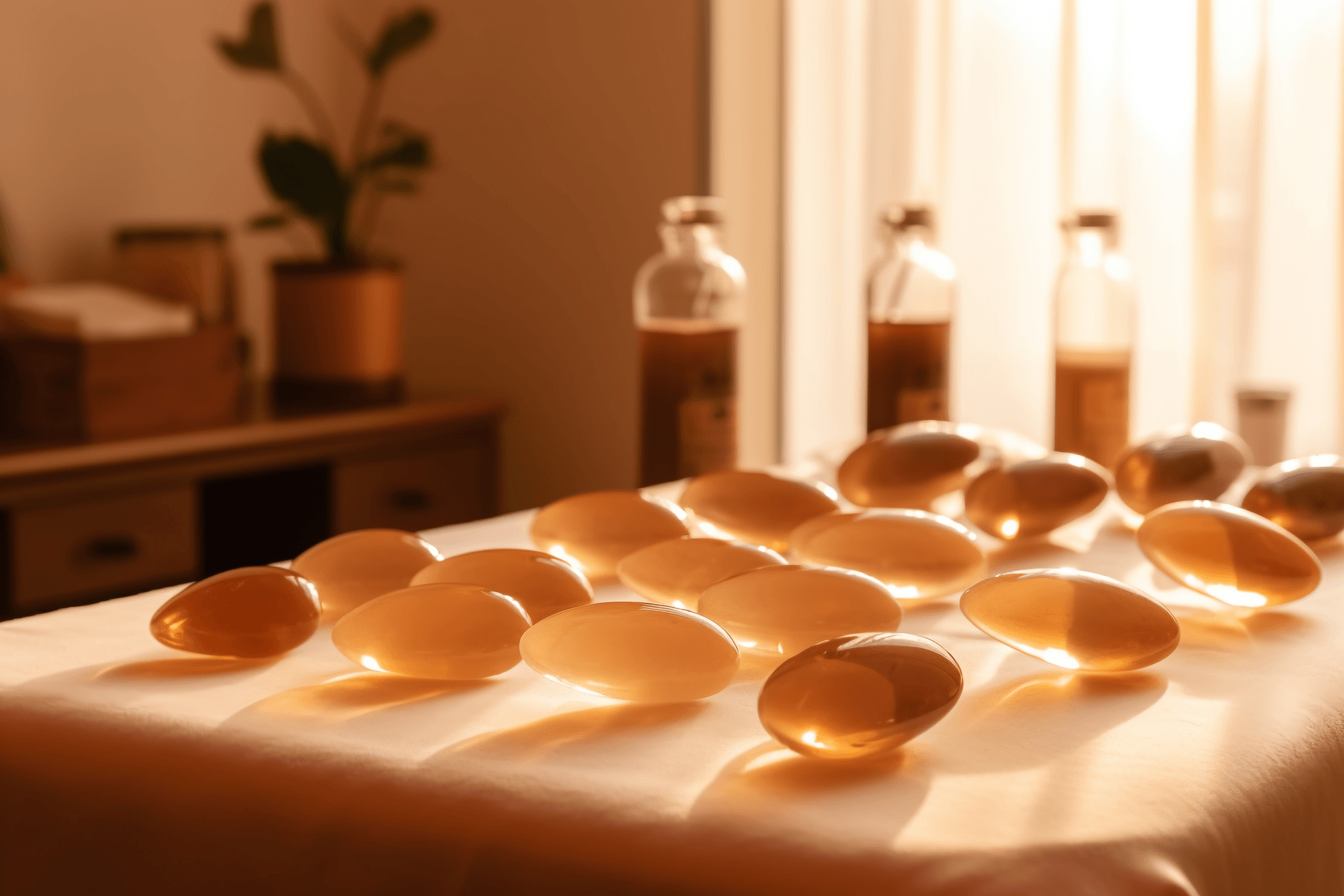When I was a child and caught a cold, my grandmother would scrape my body to relieve the symptoms. Although scraping was painful, it had a good effect. So, where should we scrape for a cold?
Where to Scrape for a Wind-Cold Cold
1. Acupoints
The acupoints for scraping are Fengchi, Dazhui, Zhongfu, the front chest, and Zusanli. The acupoints for cupping are Shaoshang and Dazhui.
Simplified acupoint selection method:
(1) Fengchi: Located below the occipital bone, at the same level as Fengfu, in the depression between the upper end of the sternocleidomastoid muscle and the upper end of the trapezius muscle.
(2) Dazhui: In the middle line of the back, in the depression below the spinous process of the 7th cervical vertebra.
(3) Zhongfu: Stand straight with both hands on the waist. The depression at the outer end of the clavicle is called Yunmen. The point is located vertically down from the middle of this depression, just above the 1st intercostal space.
(4) Zusanli: Four horizontal fingers below the outer knee eye, one horizontal finger beside the anterior border of the tibia.
(5) Shaoshang: Located on the thumb side, 0.1 cun away from the corner of the nail.
2. Scraping Method
Use a gua sha board made of wood or stone and red flower oil as the medium. Use a direct scraping method and a purging technique. Start by scraping the Fengchi acupoint on the head, then the Dazhui acupoint on the neck, followed by Zhongfu and the front chest, and finally Zusanli.
Specific operation method:
(1) Apply the scraping medium (red flower oil) to the treatment area.
(2) Place the scraping board directly on the treatment area and repeatedly scrape the Fengchi, Dazhui, Zhongfu, the front chest, and Zusanli acupoints until sha marks appear on the skin.
(3) Cupping: Strictly disinfect the Shaoshang acupoint, then use a sterilized small three-edged needle to vertically and quickly puncture the acupoint. After that, squeeze the acupoint to release blood. The amount of blood squeezed out should be 3-5 drops. Dazhui acupoint should also be strictly disinfected. Use a medium-sized three-edged needle to puncture and release blood, squeezing out 7-10 drops.
3. Effects
Dispels wind and disperses cold.
Note: Before the treatment, choose a warm and windproof place. During the treatment, perform more scraping. After the treatment, drink a cup of warm water and rest for a while.
4. Symptoms of Wind-Cold Cold
Wind-cold pattern: Severe aversion to cold, mild fever, no sweating, clear nasal discharge, no thirst, headache and body aches, thin and clear phlegm, thin white tongue coating.
Where to Scrape for a Wind-Heat Cold
1. Acupoints
Quchi, Chize, Waiguan, Hegu, Fengchi, Dazhui.
Simplified acupoint selection method:
(1) Quchi: Bend the elbow to find the acupoint, which is in the depression on the inner edge of the upper end of the radial bone.
(2) Chize: Located at the elbow of the arm, raise the arm and find the thick tendon on the inner side of the arm, the acupoint is on the outer side of the tendon.
(3) Waiguan: Located on the back side of the forearm, three fingers wide above the wrist crease.
(4) Hegu: Place one thumb joint on the transverse crease of the other hand's thumb and index finger, the acupoint is right under the tip of the thumb.
(5) Fengchi: Located below the occipital bone, at the same level as Fengfu, in the depression between the upper end of the sternocleidomastoid muscle and the upper end of the trapezius muscle.
(6) Dazhui: Sit upright and lower the head, the acupoint is in the depression below the 7th cervical vertebra.
2. Scraping Method
Use a gua sha board and sesame oil as the medium. Use a pinching technique and a purging technique. Start by scraping the Fengchi acupoint on the head, then the Dazhui acupoint on the neck, followed by the Quchi and Chize acupoints on the inner side of the upper limbs, and finally the Waiguan and Hegu acupoints.
Specific operation method:
(1) Apply the scraping medium (sesame oil) to the treatment area.
(2) The practitioner curls their five fingers, aligns the second phalanx of the index and middle fingers with the treatment area, pinches and slides the skin and muscles, and then releases.
(3) Pinch and release repeatedly, and make a "ba ba" sound.
(4) Repeat the operation 6-7 times at the same treatment area until sha marks appear on the skin.
3. Effects
Dispels wind and clears heat.
Note: Drink a small amount of water before the treatment, perform more scraping during the treatment, and drink a small amount of warm water after the treatment.
4. Symptoms of Wind-Heat Cold
Wind-heat pattern: Severe fever, mild aversion to cold, sweating, turbid nasal discharge, thirst, sore throat, headache and body aches, yellow phlegm, thin yellow tongue coating.
Differences between Toning and Purging Techniques in Scraping
As mentioned above, whether it is a wind-cold cold or a wind-heat cold, the scraping technique used is the purging technique.
Like acupuncture treatment, gua sha treatment can be divided into tonifying technique, purging technique, and balanced tonifying and purging technique. The tonifying and purging effects of gua sha treatment depend on factors such as the strength and speed of the manipulation, the duration of stimulation, the length of scraping, and the direction of scraping.
1. Strength of Scraping
Tonifying technique: Light scraping with gentle pressure, slow speed, and long duration. Suitable for elderly, weak, chronically ill, seriously ill, or thin individuals.
Purging technique: Heavy scraping with strong pressure, fast speed, and short duration. Suitable for young, strong, newly ill, acutely ill, and robust individuals.
Balanced tonifying and purging technique: In between the tonifying and purging techniques. There are three types of techniques. The first type is heavy pressure and slow speed. The second type is light pressure and fast speed. The third type is moderate pressure and moderate speed. It is commonly used for healthcare in normal individuals or treatment of mixed deficiency and excess patterns.
2. Number of Sha Marks
Tonifying technique is used when there are fewer sha marks, while purging technique is used when there are more sha marks.
3. Direction of Scraping
Scraping in the direction of the meridian flow is considered tonifying technique, while scraping against the direction of the meridian flow is considered purging technique.
4. Use of Mild Moxibustion
Mild moxibustion after scraping is considered tonifying technique, while cupping after scraping is considered purging technique.
Benefits and Drawbacks of Scraping
I. Benefits of Scraping
1. Regulating Yin and Yang
Yin and Yang are the basic core of traditional Chinese medicine theory. In a normal state, the human body maintains a relative balance between Yin and Yang. If the balance is disrupted due to emotional stress or external factors such as trauma, it can lead to pathological changes such as "excess of Yin leads to Yang diseases, excess of Yang leads to Yin diseases", resulting in clinical manifestations such as "excessive Yang leads to heat, excessive Yin leads to cold". The key to gua sha treatment lies in adjusting the excessive Yin or Yang, restoring the balance of Yin and Yang, and thus restoring normal physiological functions and curing diseases.
The regulation of Yin and Yang through gua sha treatment has a bidirectional and beneficial effect. This is achieved through the scraping technique and acupoint selection. For example, in patients with unstable blood pressure, scraping the trunk and limbs and relevant acupoints can increase low blood pressure and decrease high blood pressure.
2. Activating Blood Circulation and Dissipating Blood Stasis
Gua sha treatment has the effect of activating blood circulation and dissipating blood stasis. When muscles, ligaments, and bones are injured, local blood stasis can occur, leading to poor circulation of qi and blood in the meridians. If the blood stasis is not resolved, the pain will persist. Gua sha treatment can help eliminate blood stasis, promote the generation of new blood, and restore smooth circulation in the meridians, thus achieving the goal of relieving pain.
3. Clearing Heat and Reducing Swelling
According to the principles of traditional Chinese medicine, heat can cause diseases. When treating heat-related diseases, gua sha treatment can be used to stimulate the body to expel the heat pathogen, achieving the effect of clearing heat. This allows the internal heat pathogen to be expelled through the skin, ultimately eliminating stasis-heat, edema, and toxins in the body.
4. Relieving Phlegm and Relieving Spasms, Softening Hardness and Dispersing Masses
Gua sha treatment can relieve spasms, soften hardness, and disperse masses caused by phlegm dampness. By scraping and cupping, the blocked pores can be opened, allowing phlegm-heat and pus-toxins to excrete. This technique has a significant effect on relieving spasms and dispersing masses.
5. Supporting the Upright and Expelling the Pathogenic Factors
By scraping the corresponding acupoints on the skin, sha marks can be produced, opening the pores and allowing various pathogenic factors such as wind, cold, phlegm, dampness, blood stasis, heat, and pus-toxins to be expelled from the body. This helps to unblock the meridians.
II. Drawbacks of Scraping
The drawbacks of gua sha treatment are generally caused by incorrect scraping techniques, excessive frequency of scraping, or scraping on individuals who should not be scraped. In other aspects, there are few drawbacks.
(1) Long-term scraping without moderation can cause damage to the skin and does not help relieve fatigue, but increases the burden on the body.
(2) For individuals with skin ulcers or other skin diseases, scraping is not a pleasant experience, but rather an ordeal. It can cause greater damage to fragile skin tissues and even lead to infection, worsening the condition.
(3) For individuals with blood disorders or problems with heart or liver function, gua sha should be avoided as it can cause greater harm to the body.
Contraindications of Gua Sha Treatment
Although gua sha treatment can be used to treat various conditions, it also has contraindications and precautions.
1. Individuals with bleeding disorders should not or should use caution when using this treatment. Conditions such as thrombocytopenia, allergic purpura, leukemia, etc., are not suitable for purging technique in gua sha treatment, but tonifying or balanced tonifying and purging techniques should be used.
2. For critically ill patients, such as acute infectious diseases and severe heart disease, immediate hospitalization for observation and treatment is necessary. If there are no other options, gua sha treatment can be used for temporary first aid to buy time and treatment opportunities.
3. Newly fractured areas should not be scraped until the fracture heals. Surgical scars should also be scraped after two months. Caution should be exercised when scraping scar areas in patients with malignant tumors.
4. Infectious skin diseases, such as boils, abscesses, scars, ulcers, sexually transmitted skin diseases, and unknown lumps on the skin should not be directly scraped.
5. Pregnant women and women during their menstrual period should avoid scraping the lower abdomen and acupoints such as Sanyinjiao, Hegu, and Zusanli. The scraping technique should be light and tonifying.
Precautions for Gua Sha Treatment
I. Precautions before Gua Sha Treatment
1. Gua sha treatment requires exposed skin and open sweat pores. If there is wind and cold, the pathogenic factors can enter directly through the open pores and affect the efficacy of gua sha treatment, or even cause new diseases. Therefore, before gua sha treatment, it is important to choose a good treatment location with good air circulation, pay attention to keeping warm, avoid drafts, and minimize skin exposure.
2. Choose a comfortable position for gua sha treatment to facilitate scraping and prevent dizziness from occurring.
3. The gua sha tools must be strictly disinfected to prevent cross-infection. Carefully inspect the gua sha tools before use to avoid scraping the skin.
4. The hands of the practitioner should also be disinfected.
5. Before gua sha treatment, the patient must be properly informed about the general knowledge of gua sha, to eliminate their fear and gain their cooperation, so as to avoid dizziness during treatment. Comfort the patient and avoid tension, help them lie down, keep warm, and drink warm water or sugar water. If the condition does not improve, lightly press the water channel acupoint using the corner of the gua sha board. Avoid swelling after pressing. After the patient's condition improves, continue scraping Neiguan acupoint and Zusanli acupoint.
II. Precautions during Gua Sha Treatment
1. The scraping technique should be applied evenly and with appropriate force, within the patient's tolerance, until sha marks appear.
2. Infants, young children, and the elderly should receive light scraping.
3. Do not blindly pursue the appearance of sha marks by using excessive force or prolonging the scraping time. The amount of sha marks depends on many factors. Generally, blood stasis patterns produce more sha marks; excess and heat patterns produce more sha marks; deficiency and cold patterns produce fewer sha marks; excessive medication, especially the use of corticosteroids, makes it difficult to produce sha marks; obesity and muscular individuals are less likely to produce sha marks; sha marks are less likely to appear on Yin meridians compared to Yang meridians; and sha marks are less likely to appear in a low room temperature.
4. During the scraping process, frequently inquire about the patient's feelings. If the patient experiences dizziness, such as fatigue, dizziness, pale complexion, nausea, cold sweat, palpitations, cold limbs, or a drop in blood pressure and loss of consciousness, immediately stop scraping. Comfort the patient, avoid tension, help them lie down, keep warm, and drink warm water or sugar water. If the symptoms persist, lightly press the water channel acupoint using the corner of the gua sha board. Avoid pressing too hard to prevent swelling. Use purging technique on Baihui acupoint and Yongquan acupoint. After the patient's condition improves, continue scraping Neiguan acupoint and Zusanli acupoint.
III. Precautions after Gua Sha Treatment
1. Gua sha treatment opens the sweat pores and expels evil qi, which consumes part of the body's fluids. Therefore, after gua sha treatment, the patient should drink a cup of warm water and rest for a while.
2. After gua sha treatment, to prevent wind and cold from invading, the skin pores should be allowed to close before taking a bath. Generally, this takes about 3 hours.
3. For some patients with complex and critical conditions, in addition to gua sha treatment, other treatments should be used in combination, such as medication, to avoid delaying the condition.


